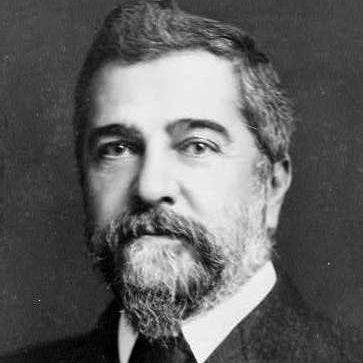Born in Murano in 1934, he bred in the “closed shop” environment of Venetian glass fraternity on Murano, learned the complex language of glass making as a matter of course from an early age. During the 50s he designed objects for the Vinicio Vianello firm.
During 1966-67 he worked at the Venini firm where he had watched some of the greatest designers at work, including Tapio Wirkkala from Finland and the architect Carlo Scarpa .
The first opportunity that Tagliapietra had to show his talent was the exhibition of San Niccolò (the patron saint of the glass-makers). This annual event in Venice was the only showcase for Murano glassmakers, who otherwise spent their lives in service of the industry. In this occasion Lino made the first of his saturno pieces.
In 1976 he took on the artistic direction of "EffeTre International" and at the same time collaborated with international artists who took him to the International Center for Recherche sur le Verre ( CIRVA ) in Marseille.
Lino cooperated also with the lass designer Andreas Dirk Copier whom he first met in 1976. They produced some beautiful objects together, which were exhibited at the Geementemuseum in the Hague in 1982.
Lino left Venice for the first time in 1979, when he gave the first of his many classes at the Pilchuck glass school in Seattle. From that moment he felt in love with the open-minded attitude of Americans.
In 1986 Lino Tagliapietra quit his job with the Venetian glass industry to devote his time to collaborating with others and working on his own creation in glass.
From this moment he was no longer obliged to respect commercial consideration. His palette of colours become richer, with dramatic swirling colour effect.
In July 1988 Dale Chihuly asked him to collaborate on a series inspired by 1930s Venetian glass.
Pressure to produce his own works for exhibitions encouraged him to broaden his horizons. He invented a range of new shapes that are recognizably his own, and his vessels grew in scale. His work became much more expressive and titles such as “cathedral window”, “Venus of Lino”, “autumn”, “piume” (feathers) and “eden” are indicative of his desire to capture a wider range of impressions in glass. In 1998 for the second “Venezia Aperto Vetro” glass biennale, he made a series of long gondola shapes arranged in suspended groups. The effect was a riot of color and, in this setting – a room in the Palazzo Ducale – a poignant statement in glass.
Tagliapietra’s enthusiasm, his great love for glass, and his generosity in fellow artists has made him one of the most loved personalities in his field. He has left an incredible mark on the late 20th century glass and a body of work that has given new meaning and new life o the world of Venetian glass.



Leave a comment
All comments are moderated before being published.
This site is protected by hCaptcha and the hCaptcha Privacy Policy and Terms of Service apply.